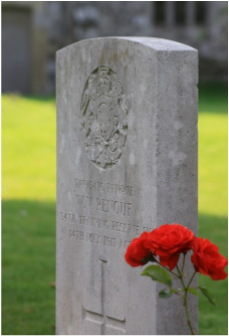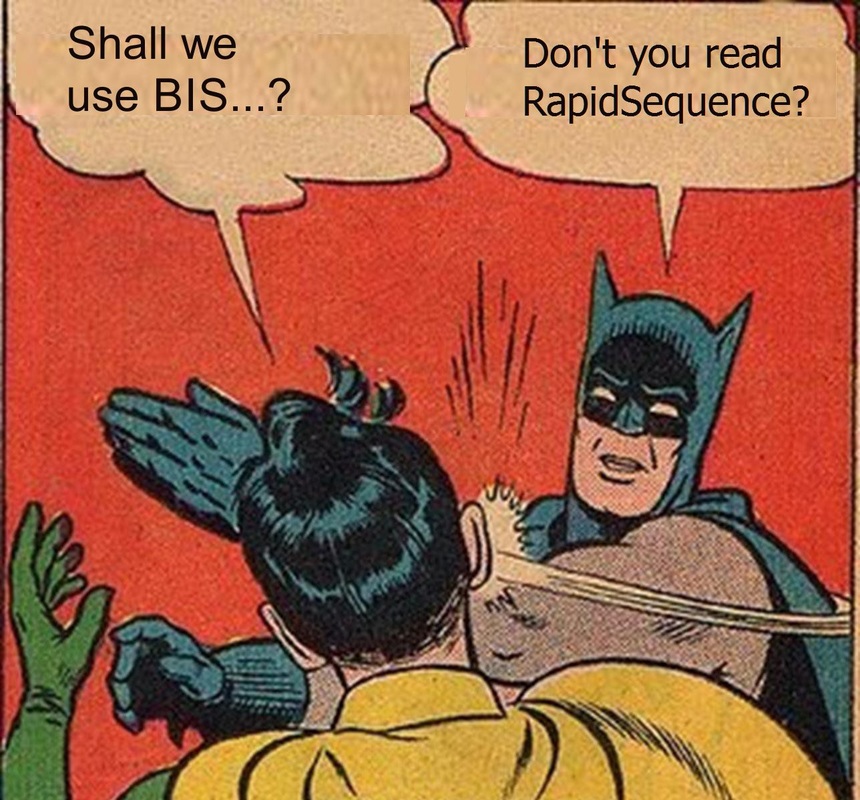
Response of bispectral index to neuromuscular blockade in awake volunteers - BJA
What's It About?
The authors have therefore come up with a bold approach (though it has been done before) to test one major concern of BIS, this being whether neuromuscular blockade has an effect on the BIS value given. Again there is some theory behind this being a problem given that muscle activity can account for a large component of the BIS signal (though usually described as ‘interference’). The obvious test is to paralyse someone but not give them any anaesthetic and see what the BIS monitor does. Ethically challenging? Well apparently not, as that is what the authors have done.
They have taken a group of 11 consenting volunteers (being an anaesthetist was an inclusion criteria) and given them a shot of rocuronium and suxamathonium (on separate dates) whilst attached to a BIS monitor. Through the use of an isolated forearm technique they were able to maintain contact with them throughout this ordeal via a set of predetermined hand signals, ensuring they weren’t unduly distressed and aborting (with propofol) if they were. A couple of different brands of BIS monitor were compared, as was a conventional EEG with focus on the EMG component.
What Did THey Find?
Many volunteers spent a decent amount of time with BIS readings demonstrating ‘adequate anaesthesia’ i.e. a reading below 60. With sux, the longest time a patient spent with a BIS below 60 was over 4 minutes (!) with 8 volunteers spending at least some time below this value on one of the monitors. As might be expected given the pharmacokinetics, the results were more dramatic with rocuronium. Again 8 volunteers spent some time with a BIS below this value with one volunteer spending over 7 minutes (49% of the total paralysis time) below this value.
Is It ANy Good?
· The volunteers were completely conscious the whole time.
· The BIS monitors suggested that they were on the cusp of sedation or actually sedated for much of the experiment.
· Many volunteers spend parts of the experiment with a BIS indicating they were anaesthetised.
Wow! We are going to have to find some pretty big flaws in this study to discount what it is telling us about BIS. So can we do that? Well looking through the study design we have a few limitations we can flag up. It’s a (very) small study of just 11 patients with 10 receiving sux and 10 receiving rocuronium. There was no blinding of the data collectors to any of the interventions. There was no attempt to provide a control group of patients who also received an anaesthetic. There may have been some selection bias in terms of the patients used given the stringent selection criteria (anaesthetists in the evening won't have had a coffee for a long time - a BIS of 60 is pretty good)
Contrasting this we can comment that the authors have done their best to standardise the intervention provided to the volunteers. They didn’t limit themselves to one brand of BIS and took their own EEG and extrapolated EMG recordings to support their results. They used fairly robust methods to confirm that there wasn’t any sedation (if you can do maths during and recall a complex story afterwards, it is not an anaesthetic I want any part of).
So basically, yes! It answers the question that the authors wanted answering in an emphatically simple way. These volunteers were awake and yet their BIS readings changed, in some cases to the degree of suggesting general anaesthesia. I am far from an expert in EEG interpretation or the science behind BIS, but I can’t see any major stand out flaws in their approach that would invalidate these results. The size of the study doesn't really play a massive role when the results are as emphatic as this.
Final Thoughts
However, what can BIS now add as a tool? Can we even feel confident using it in a non-paralysed patient in whom we know this effect isn’t going to be in play? My feeling would be no. I’m not saying that the BIS is completely dead and we will never have this EEG technology to help guide us, but that this study raises very serious questions about the validity of the BIS formula we have now. The data is pretty much undeniable; neuromuscular blockade affects the BIS result and it affects it quite a lot. BIS therefore can’t reliably tell us what it is designed to do. Awareness under anaesthesia is a serious event and unless we’re happy to gamble with our patient’s safety, what will we gain from a BIS number. There would have to be clear benefits to really minimising depth of anaesthesia to offset this risk, of which there can’t be many examples.
In summary then, I think BIS (in its current form) has been dealt a mortal blow. This study raises question about the very validity of its design and not just the way it is used. Looking back at NAP 5 we can see 4.6% of the cases of awareness occurred despite a BIS monitor. This is despite it being used in only 2.8% of general anaesthetic cases (though obviously with a bias towards the cases with higher risk of awareness). I had thought that BIS might prove to be a great benefit those higher risk cases (TIVA, any case with neuromuscular blockade) where I could optimise my anaesthetic delivery to minimise its detrimental effects on my patient. But it’s not a tool a can see a use for anymore.
The BIS is dead, long live the BIS!
Thank you very much for reading. As always please let me know your thoughts on the paper and its impact on your own practice, especially if you disagree with this slightly one sided review. Are there important points that you think have been missed out when it comes to how we could still use BIS?
Tom Heaton
Links
NAP 5 Report
Main image courtesy of freedigitalphotos.net/Simon Howden

 RSS Feed
RSS Feed
